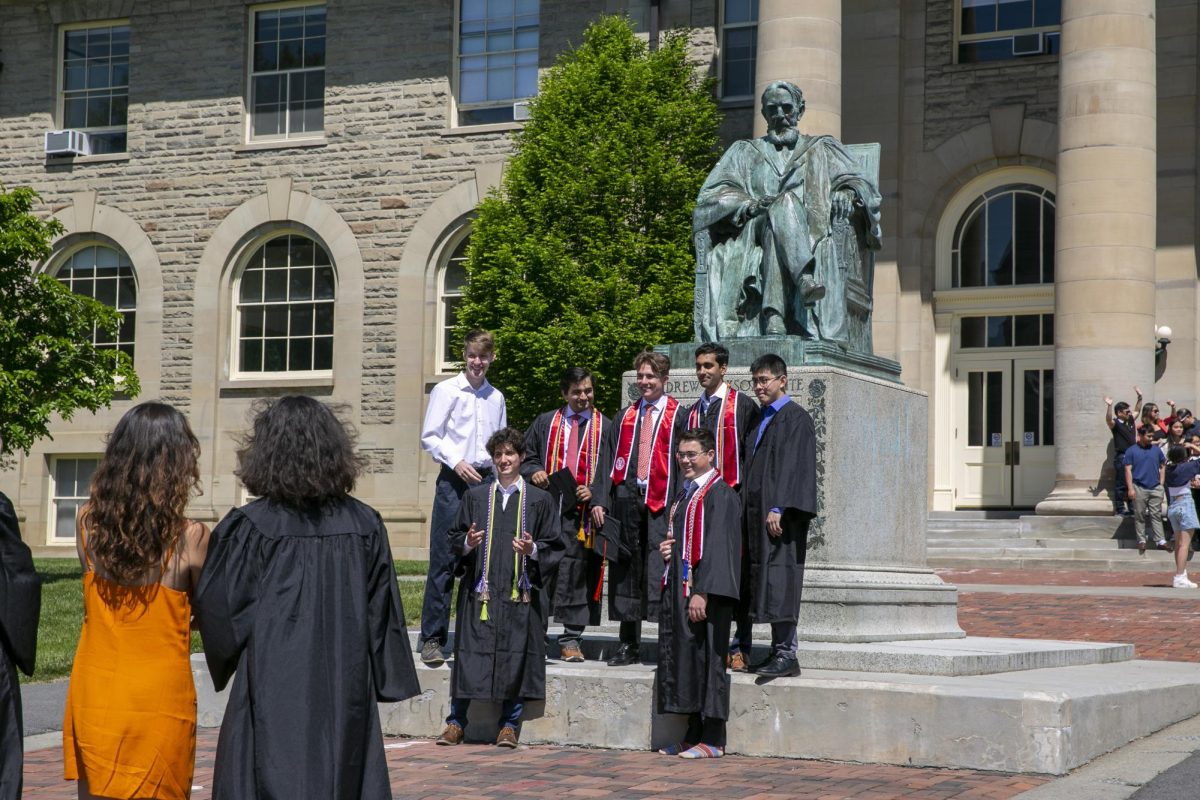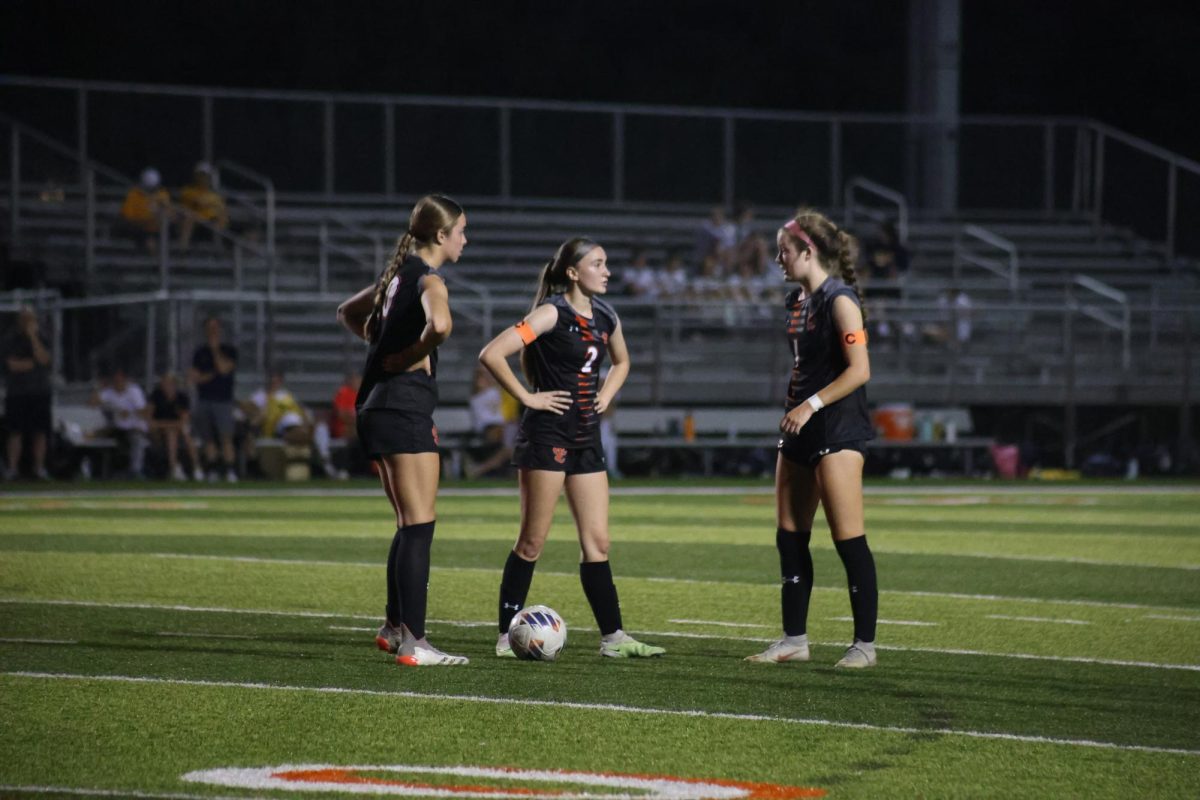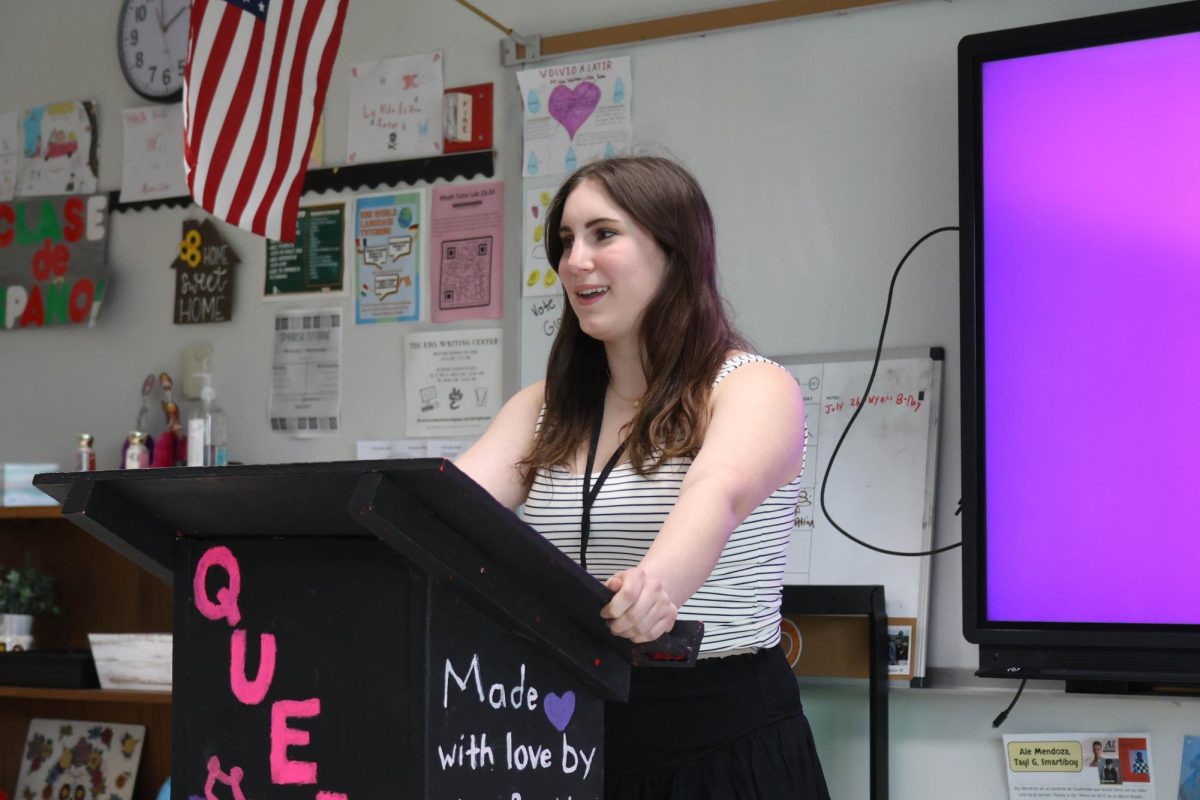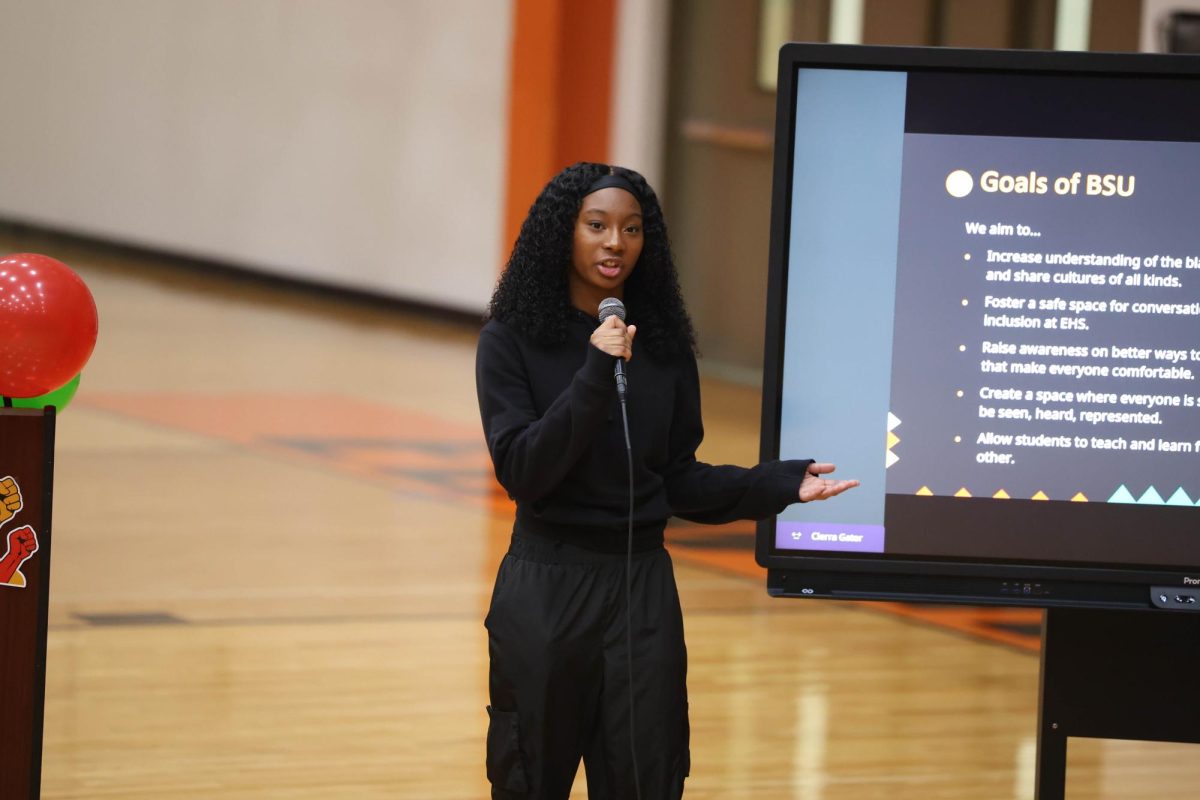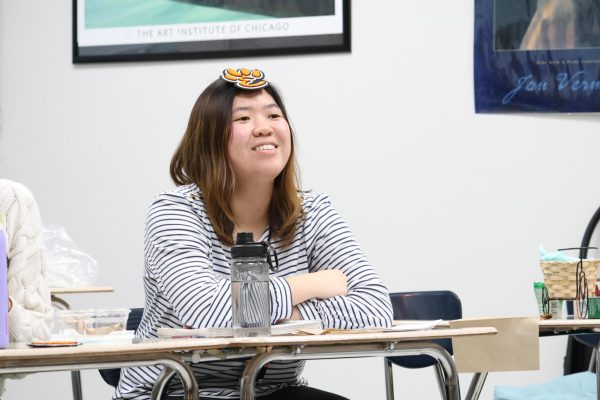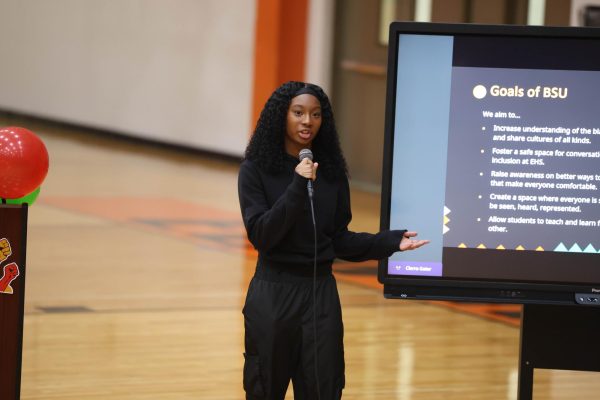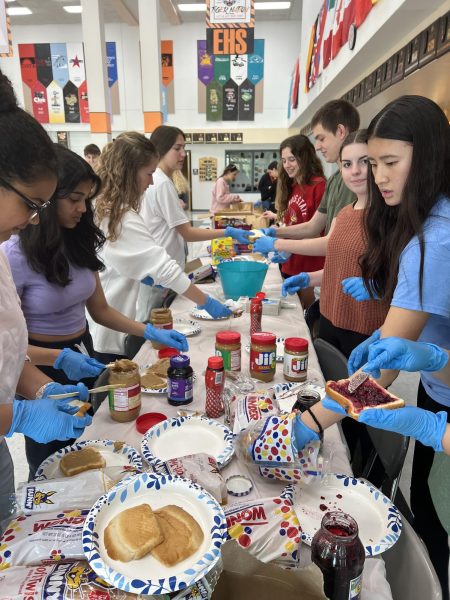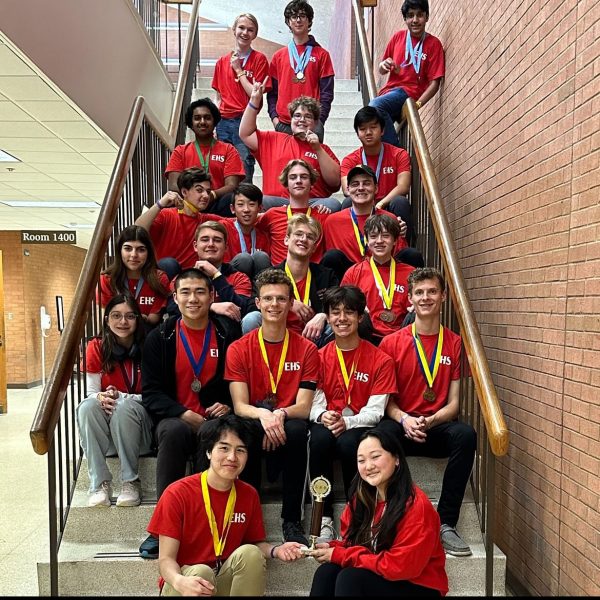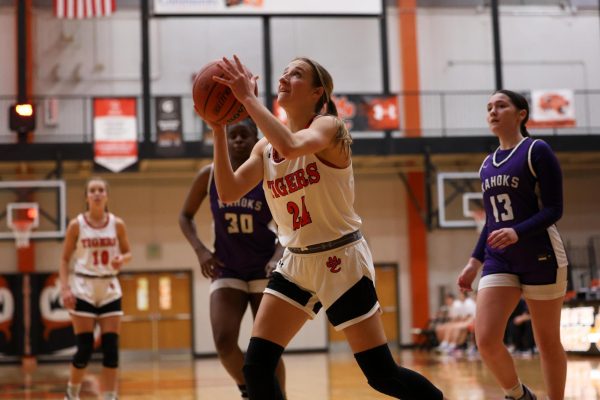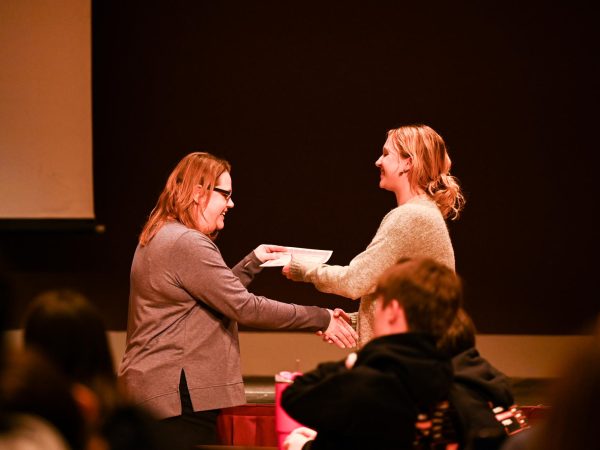CASTLE Program Provides New Opportunities for Students with Autism
January 12, 2017
One in every 68 children is diagnosed with Autism Spectrum Disorder. According to Autism Speaks, some children severely affected by the disorder need specialized learning routines, assistance with communication and encouragement in social situations. But until this year, a program specifically targeted to help students with Autism Spectrum Disorder didn’t exist in the area.
CASTLE, which was established at the beginning of the 2016-2017 school year, stands for Collaboration for Autism Spectrum Teaching, Learning and Excelling. After the program’s success at the elementary school level, administrators and teachers decided to develop the CASTLE program at the high school in order to meet the needs of students with Autism.
“The challenges came with adapting the program to the specific students in a much larger building (than middle schools),” Assistant Principal Andrew Williams said. “We had to come up with ways to streamline, but I think we rose to the occasion to succeed. No other teachers are as committed to student success (than those at EHS), and I think that directly translates to all of our students.”
Organizing each student’s schedule was the biggest challenge, CASTLE teacher Kaysie Gruenkemeyer said. Each student works at a different speed and grade level, and has different needs.
“Program development took a lot of careful planning and consideration to ensure that it would be effective and beneficial at the secondary level,” Mrs. Gruenkemeyer said.
Each student learns English, math and social science in a one-on-one class setting. It’s necessary to individualize students’ schedules in order to teach them based on their individual strengths and grade levels, Mrs. Gruenkemeyer said.
Additionally, the classroom is divided into stations: one-on-one instruction, iPad or computer time, sensory time and free time. Because of a potential sensory overload due to intense touch, movement, sounds and light, each station is organized to help students relax and focus on the tasks at hand.
“(It is important to have a program like this at the high school level) to maximize learning opportunities and meet specific needs of this group of students,” Mrs. Gruenkemeyer said. “CASTLE students were previously in the Functional Life Skills program, however, our program design allows them to grow and learn to their full potential.”
Not only does the program target academics, but teachers also encourage students to expand their social endeavors. To do so, the Peer Mediated Instruction and Intervention (PMII) program was created. Through this program, general education students are invited into the CASTLE classroom every Friday during sixth hour to visit with students.
“We each pick a single student to talk to and make friends with,” sophomore PMII participant Emily Magruder said. “You get to gain a friend and make sure (the CASTLE students) have social time outside of the (students) in the program.”
PMII participants and CASTLE students play games, watch videos and share their interests in order to instigate conversation and motivate the CASTLE students to socialize outside their comfort zones.
However, PMII participants also learn from the experience. The CASTLE students have taught her how to stick up for others, equality and that it’s okay to be different, Magruder said.
“Each and every day, my love for these students grows,” she said. “They push me to be a better person… They have changed my life for the better, no doubt.”



